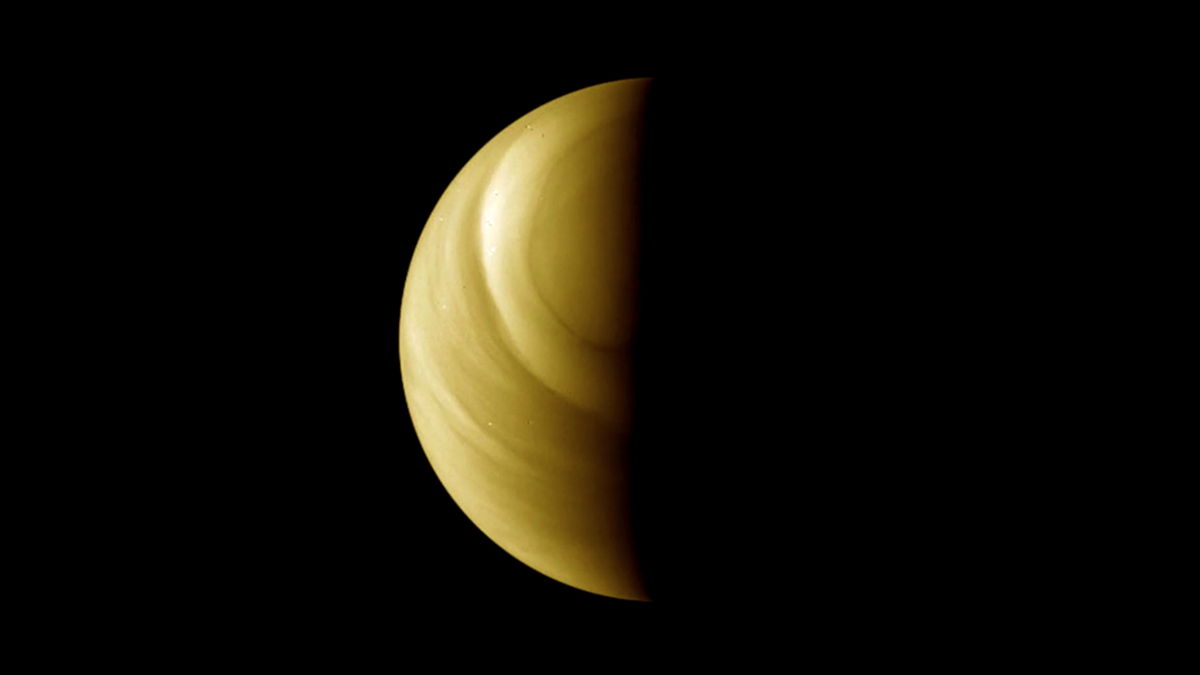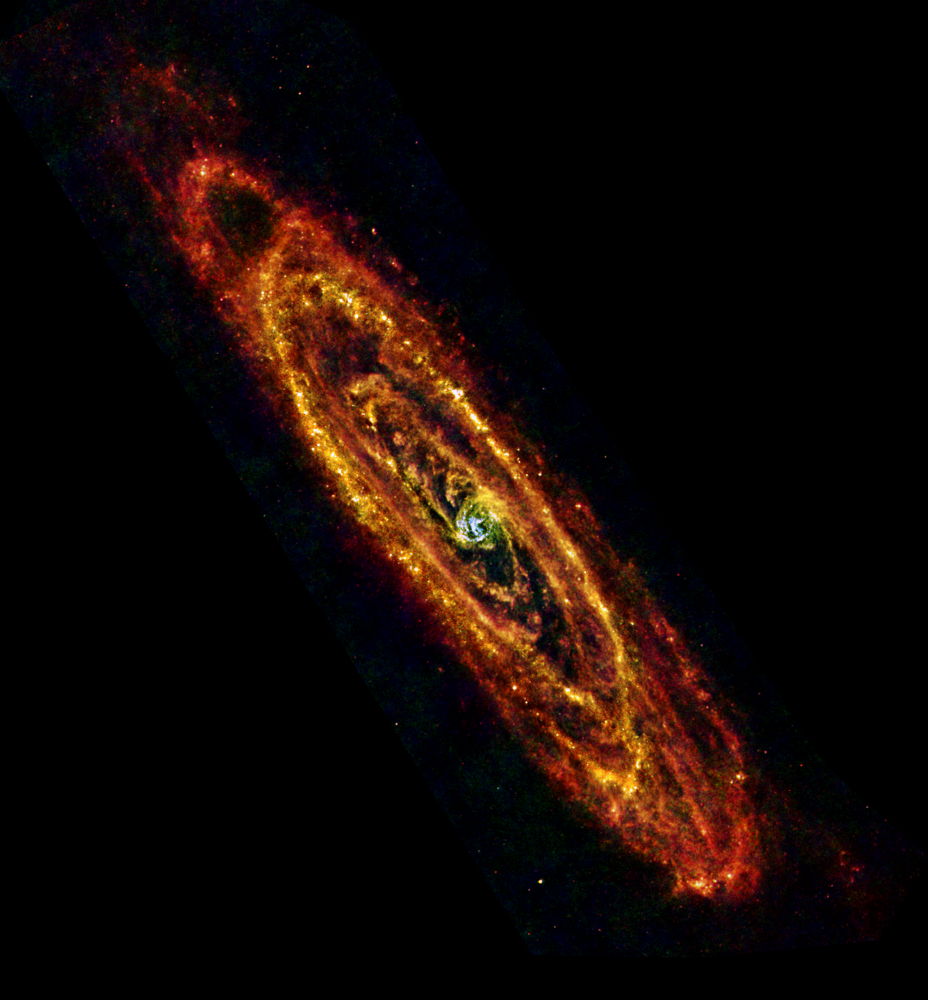Image of the Day: January 2013
You Could Be From Venus
Tuesday, Jan. 29, 2013: The European Space Agency recently released a new animation of Venus as taken by the ESA’s Venus Express spacecraft in orbit around the planet. This image is one of those taken by the Venus Monitoring Camera in an 18-hour period during one of the spacecraft’s 24-hour orbits around the planet on January 7–8 of last year.
— Tom Chao
As Long as We Are Clustered
Wednesday, Jan. 30, 2013: Enormous supercluster Abell 901/902 contains three separate main galaxy clusters enhanced with filaments of galaxies, Abell 901a cluster lies above and just to the right of the prominent red foreground star near the middle of the image. Abell 901b sits further to the right of Abell 901a, and slightly lower. Abell 902 floats directly below the red star, towards the bottom of the image. Abell 901/902 supercluster is positioned a little over two billion light-years from Earth, and contains hundreds of galaxies in a region about 16 million light-years across. By comparison, the Local Group of galaxies, which includes our Milky Way among more than 50 others, measures roughly ten million light-years across.
— Tom Chao
Birth of the Cool
Thursday, Jan. 31, 2013: Andromeda galaxy (M31) shines as the closest major galaxy to our Milky Way, lying at a distance of 2.5 million light years. ESA’s Herschel space observatory shows Andromeda’s cool lanes of forming stars in the finest detail yet. Clouds of cool dust mixed with gas, here colored red, contains some of the coldest dust in the galaxy, only a few tens of degrees above absolute zero. The densely populated central bulge, a warmer region, appears blue. The 200,000 light year-wide galaxy shows star-formation zones organized in spiral arms and at least five concentric rings, interspersed with dark gaps where no stars are forming.
— Tom Chao
Breaking space news, the latest updates on rocket launches, skywatching events and more!




